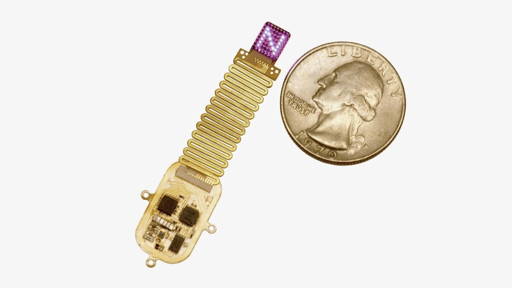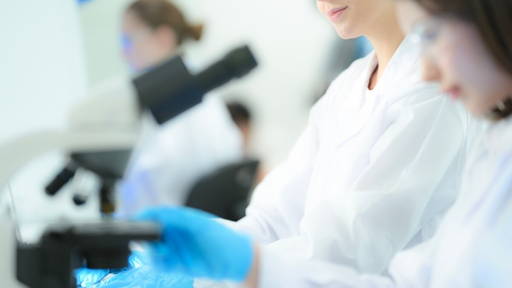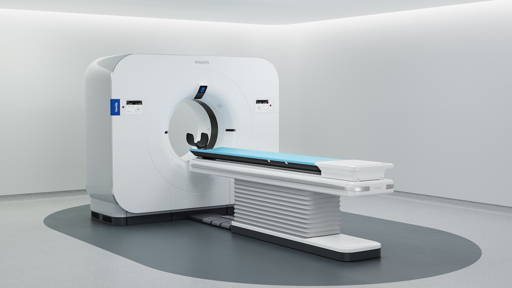A robot capable of carrying a pregnancy to term using an integrated artificial womb is being developed in China. The concept was conceived by Dr. Zhang Qifeng, founder of Kaiwa Technology in Guangzhou. According to reports in Chosun Biz, a prototype could be unveiled as early as next year.
The technology uses an artificial womb that can deliver nutrients through a feeding tube inserted into the robot's abdomen. The goal is for a fetus to develop in this environment for approximately ten months until birth, according to a recent article in the New York Post.
For couples experiencing fertility issues, the artificial womb could be an alternative to surrogacy. The estimated cost is around 100,000 yuan (approximately $14,000), significantly lower than the rates for human surrogacy in the US, which range between $100,000 and $200,000.
Unanswered questions
Although artificial womb technology has already reached an advanced stage, many unanswered questions remain. For example, it is unclear exactly how fertilization and implantation of the embryo will occur and how the birth can be performed in a medically responsible manner.
In addition to the technological challenges, legal and ethical issues also play a significant role. According to Qifeng, discussions are already underway with authorities in the Chinese province of Guangdong on these issues, and policy proposals have been submitted.
The development of humanoid robots also continues to attract public attention, according to the NYP. Earlier this month, a robot developed by KOID was spotted in New York City moving through the city like a passerby. The appearance was part of a marketing campaign by asset manager KraneShares to promote its Global Humanoid and Embodied Intelligence Index ETF.
Next step
A robot giving birth would be the next step in research into artificial wombs, also known as perinatal life support (PLS) or Artificial Placenta and Artificial Womb (APAW) technology. This usually involves replacing part of the pregnancy.
For example, since 2016, the Dutch Eindhoven University of Technology (TU/e), Máxima Medical Center, and European partners have been collaborating on a system that allows extremely premature babies to continue to grow in a liquid medium for up to approximately 28 weeks, while providing oxygen and nutrition via an artificial placenta
In April 2022, TU/e published research showing that an "artificial womb" can significantly increase the survival rate for extremely premature infants. This system allows babies to remain in a sterile, fluid environment without having to breathe, preventing lung damage. Approximately 700 children are born extremely prematurely (between 24 and 28 weeks) in the Netherlands each year. For this group, the development of an artificial womb could have a huge impact on survival and quality of life.







